10 MOST DANGEROUS FISH IN THE WORLD

Fish and fish-derived items are essential to the diets and livelihoods of a large number of people worldwide. 10 MOST DANGEROUS FISH IN THE WORLD Earth’s freshwater and oceanic environments are home to over 30,000 distinct species. Aquariums, home collections, and fish stores all showcase the beauty of many fish species. But some animals have darker, more scary sides to them. Some of these could even attack people, and some could even poison you if you handle them roughly or don’t prepare them properly. One species, despite being charming and small, poses a very real hazard to swimmers. Some species are demonized because of their startling appearance or their fierce reputation in mythology and folklore.
1. PUFFER FISH
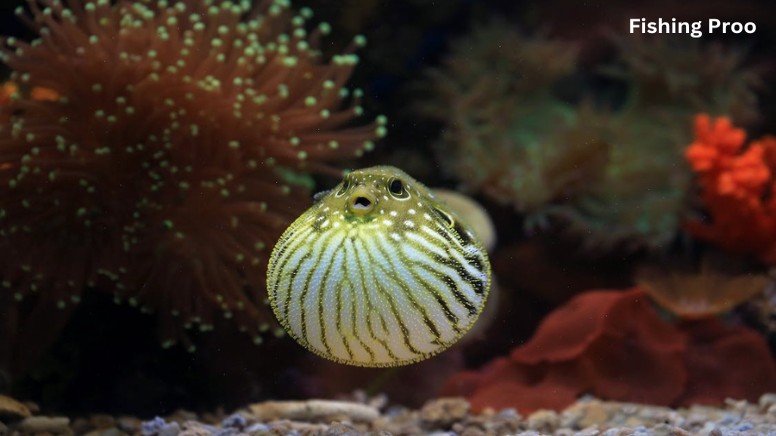
Puffer Fish When startled or threatened, the puffer, also known as a swellfish or blowfish, inflates. The liver, ovaries, intestines, and skin of puffer fish contain tetrodotoxin, an extremely dangerous material. The brain of the victim is affected by the tetrodotoxin poison, which can result in weakening, paralysis, and even death. Because of their prickly skin, these fish have incredibly strong physical attributes and strong survival instincts. These fish are considered to be among the deadliest that inhabit our oceans.
RECOMMENDED FOR YOU: SPINNING AND FLOATING
2. THE RED LION FISH
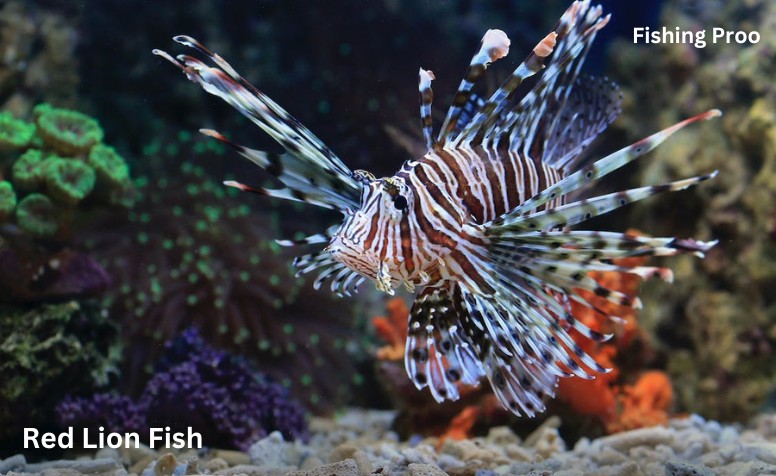
The infamous red lionfish are known for having poisonous fin spines that can penetrate victims severely but rarely fatally. Large pectoral fins and lengthened dorsal fin spines are characteristics of the fish species, which also vary in their distinctive patterns of vivid, zebra-like stripes. The fish will stretch their fins to show discomfort, and if they become even more agitated, they will use their dorsal spines to attack. One of the most well-known species that is indigenous to the South Pacific Reef environment is the red lionfish. It hunts mostly fish and shrimp using concealment and lightning-fast reflexes. A human being stung by a lionfish would not be lethal, but it would be quite painful and could result in nausea and respiratory problems.
3. THE GREAT WHITE SHARK

As one of the most well-known and formidable predators in the world, the Great White Shark scarcely needs an introduction. The great white shark usually bites its prey only once during an attack before moving away. Large bites have the potential to cause significant tissue or organ damage, which could be fatal for the victim.
4. THE TIGER FISH
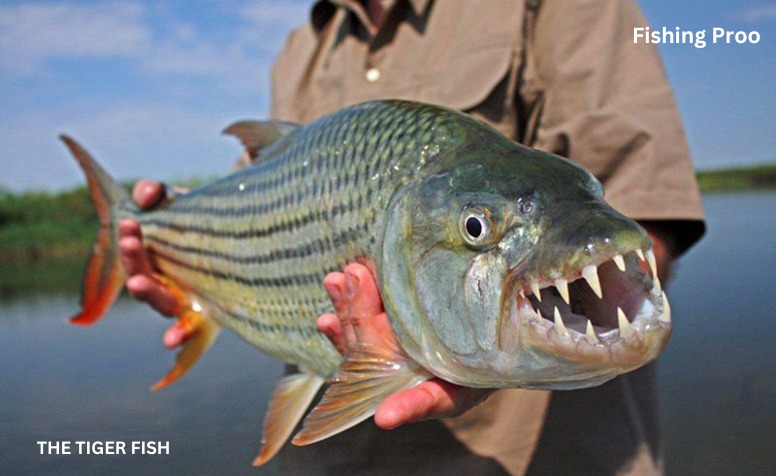
Tiger fish are well-known for having extremely sharp teeth that can cause major harm to swimmers who are unwary. Depending on the species, they are identified by lengthwise stripes and teeth that jut out of the mouth when it is closed. Best stayed away from.
5. THE MOORAY EEL
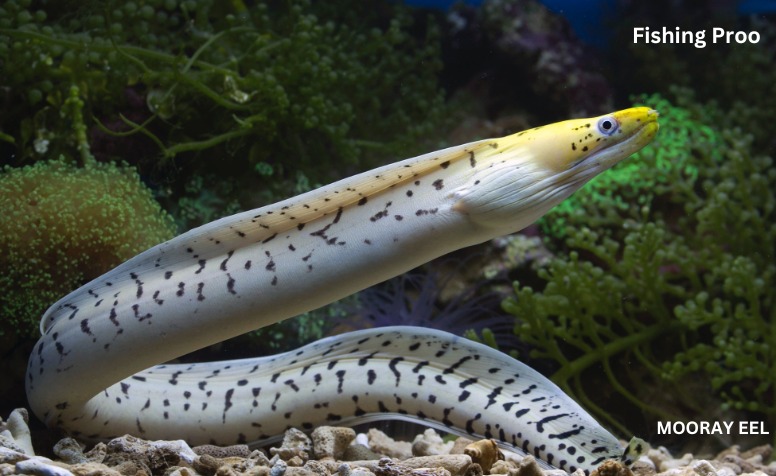
The Moray eel is among the sea most hazardous fish; when provoked, it may become aggressive and will attack people. The moray powerful, sharp teeth allow them to grab hold of their victim and leave nasty wounds behind. The number of moray eel species is over 80. They usually inhabit tropical and subtropical regions with shallow water, where they can hide in the reefs and between the rocks.
6. ELECTRIC EEL
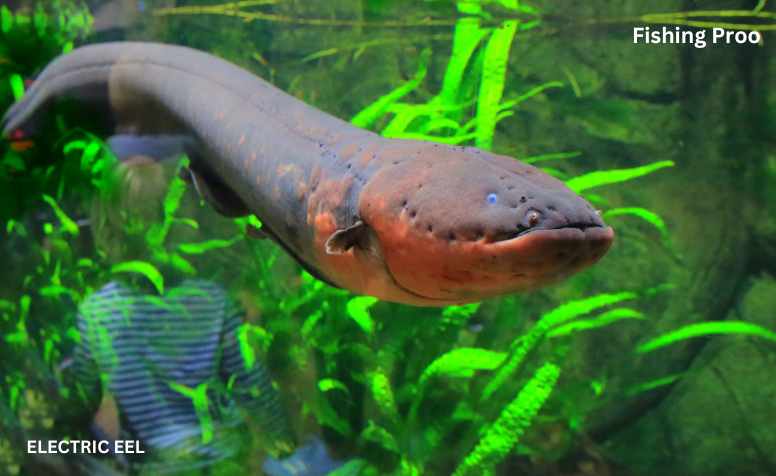
The electric eel is a fish native to South America that is long and powerful enough to stun its prey with an electric shock. The enormous 2.75 meters and 22 kilogram electric eel are both possible growth sizes. Generally lethargic, it favors freshwater with slow current where it can surface every few minutes to take in fresh air. Electric eels can release a charge as high as 330–650 volts, which is strong enough to startle a person.
7. THE BOX JELLYFISH
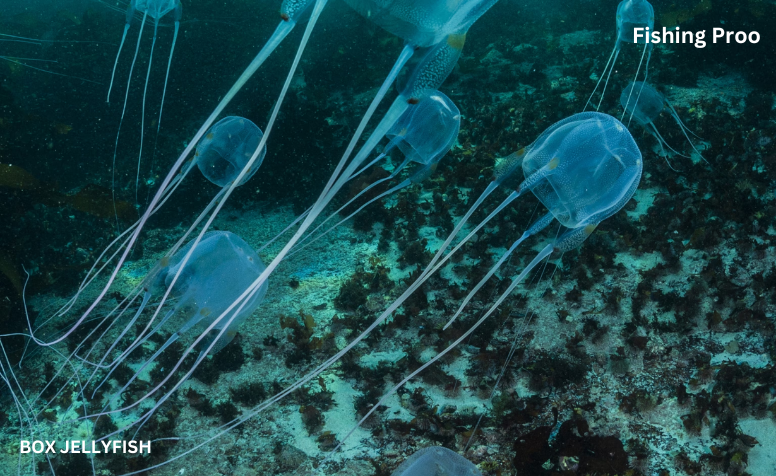
Known as the most venomous marine mammal, the box jellyfish is one of the most hazardous fish in the ocean. Its sting leaves lifelong scars, but its poison may kill a person in a matter of minutes. The Box Jellyfish targets the heartbeat with its toxin. The victim of an attack will likely die, have incredibly painful stings, and have a very low heart rate.
8. THE CANDIRU
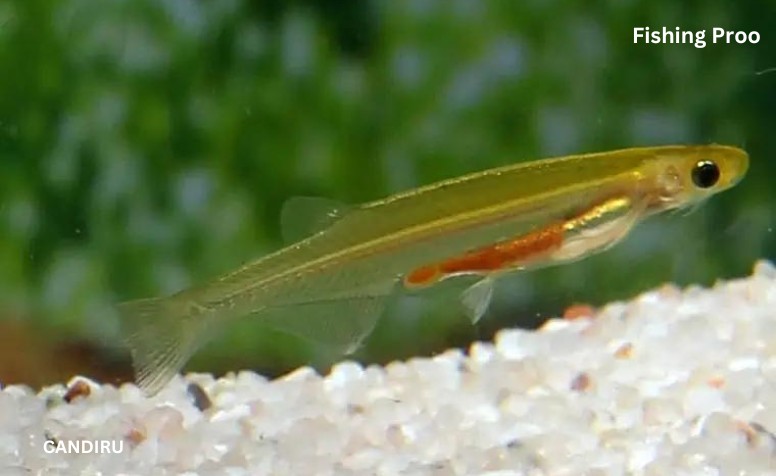
The Amazon River is a popular place to find this scaleless fish. Blood is what the Candiru fish eats. Yes, you read correctly—it consumes blood as food. This little fish eats away at other fish by living in their gill cavities. Surprisingly, though, that not the terrifying part. Human attacks have also been reported by the Candiru. Through the urethra, its short spines, and its gills, it enters the body and causes inflammation, agony, hemorrhages, and in the worst case scenario, death in the unfortunate victim.
9. THE STONE FISH
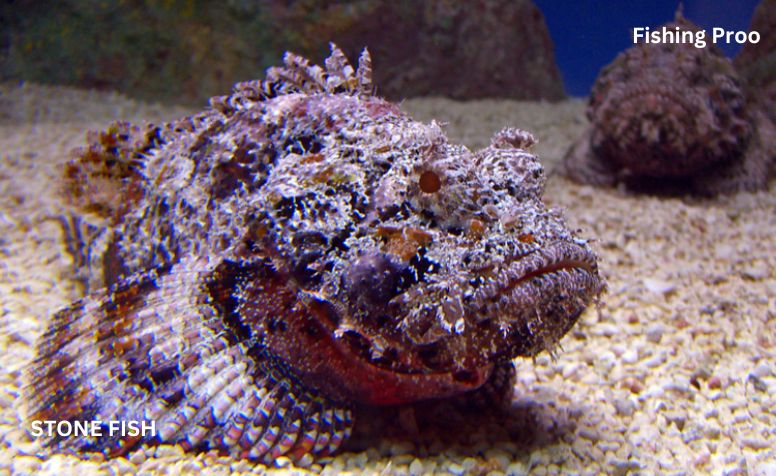
Stone fish inhabit shallow waters in the tropical regions of the Indo-Pacific region, where they are frequently encountered. The stonefish is a slow-moving, bottom-dwelling fish that is very hard to spot since it nearly disappears into its environment. It will inject a large amount of poison into its victim when trodden upon. Stepping on a stonefish can result in extremely painful and perhaps lethal wounds.
10. PIRANHAS
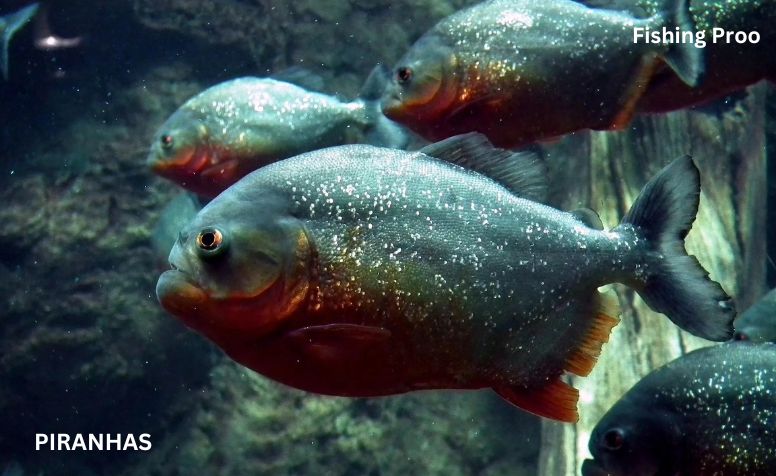
Among the most well-known fish in the world are piranhas. Piranhas are notorious for becoming the villain downfall in films. Known for their incredibly sharp teeth, piranhas can bite with a force that is often 20–30 times greater than their own body weight. They can therefore quickly and easily crush even the largest creatures.
CONCLUSION
Fish that could be harmful are found all throughout the world and include ocean sunfish, porcupine fish, and pufferfish. The fish guts, skin, liver, and ovaries are often where the poison is concentrated. Ancient Egyptians were the first to recognize pufferfish sickness. With enough venom to kill an adult human in less than an hour, the stonefish is the most deadly of the estimated 1,200 venomous fish species on Earth. Thankfully, there are potent anti-venoms on hand; nonetheless, prompt administration is necessary to avoid serious symptoms like as tissue necrosis, paralysis, and heart failure.















